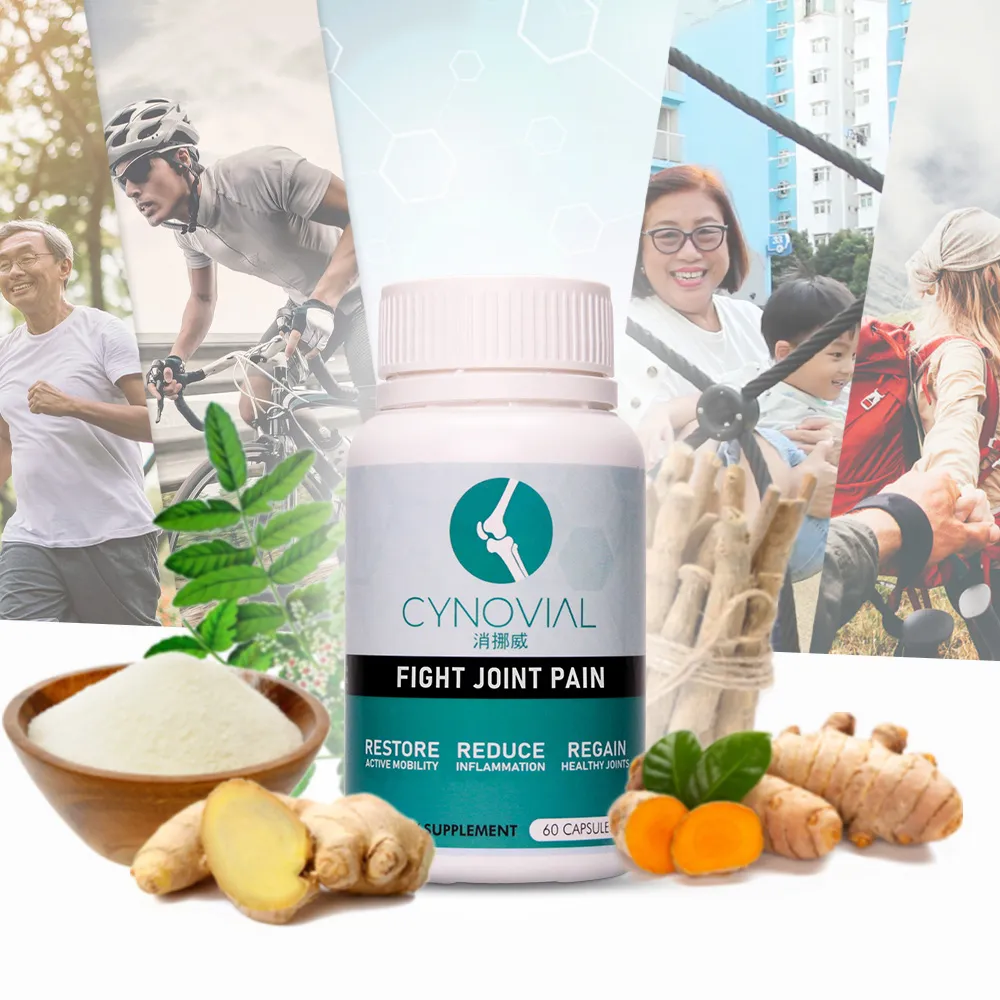Joint pain and stiffness can significantly impact one’s quality of life, making it essential to explore effective and holistic approaches for joint health. Traditional Chinese Medicine (TCM) offers a comprehensive framework for understanding and addressing joint issues by focusing on restoring balance, promoting circulation, and alleviating pain. In this article, we delve into the principles and natural therapies of TCM that can help relieve joint pain, improve mobility, and enhance overall joint health.
Understanding Joint Health in TCM:
In TCM, joint health is closely linked to the concept of Qi (vital energy) and Blood circulation. Joint pain and stiffness are often attributed to imbalances in Qi and Blood stagnation, as well as external factors such as cold, dampness, or wind invading the body. TCM views joint issues as a combination of internal imbalances, external influences, and the overall state of the body’s energy flow.
Key Principles of TCM for Joint Health:
- Promoting Qi and Blood Circulation: TCM emphasizes the importance of maintaining smooth and unrestricted Qi and Blood circulation to support joint health. When Qi and Blood flow are disrupted, pain, stiffness, and inflammation can occur. TCM therapies aim to restore and improve circulation to nourish the joints and alleviate discomfort.
- Balancing Yin and Yang: TCM recognizes the interplay of Yin and Yang energies within the body. Joint issues can arise from imbalances between these complementary forces. Restoring balance between Yin and Yang is essential for maintaining joint health and function.
- Expelling Dampness and Cold: Dampness and cold are common pathogenic factors that can contribute to joint problems. TCM therapies focus on expelling dampness and warming the affected areas to relieve pain, reduce inflammation, and restore mobility.
Natural Therapies for Joint Health in TCM:
- Acupuncture: Acupuncture involves the insertion of thin needles into specific points along the body’s meridians to promote the flow of Qi and Blood, alleviate pain, and restore balance. Acupuncture for joint health targets specific acupuncture points related to the affected joints and underlying imbalances.
- Herbal Medicine: TCM utilizes a range of herbs with properties that promote circulation, alleviate pain, and reduce inflammation. Herbal formulas are tailored to the individual’s specific symptoms and patterns, addressing the root causes of joint issues.
- Cupping Therapy: Cupping involves placing suction cups on the skin to create a vacuum effect, promoting blood circulation, and relieving muscle tension. It can be beneficial for reducing pain and stiffness in the joints.
- External Applications: TCM often employs external applications such as herbal liniments, poultices, or compresses to soothe the affected joints, reduce inflammation, and alleviate pain. These topical treatments can be used in conjunction with other therapies for enhanced results.
- Dietary Adjustments: TCM recognizes the role of diet in joint health. Recommendations may include incorporating warming and anti-inflammatory foods such as ginger, turmeric, and omega-3 fatty acids. Avoiding excessive cold, raw, or greasy foods that can aggravate joint symptoms is also advised.
- Exercise and Movement: Gentle exercises and movements, such as Tai Chi or Qigong, can help improve joint mobility, promote circulation, and strengthen the surrounding muscles and tissues. It is important to choose exercises suitable for individual needs and abilities.
Consultation with a TCM Practitioner:
For effective management of joint issues, it is recommended to consult with a qualified TCM practitioner. They will assess your specific symptoms, medical history, and individual constitution to develop a personalized treatment plan. This may include acupuncture sessions, herbal prescriptions, dietary recommendations, and lifestyle modifications. Regular follow-up visits with your TCM practitioner can help monitor progress and make necessary adjustments to support joint health effectively.

Traditional Chinese Medicine provides a holistic and individualized approach to joint health by addressing underlying imbalances and restoring harmony in the body. Through the use of acupuncture, herbal medicine, cupping therapy, external applications, dietary adjustments, and exercise, TCM offers natural therapies to alleviate pain, improve joint mobility, and enhance overall joint health. Embracing the principles of TCM empowers individuals to take an active role in managing joint issues and promoting optimal well-being.









